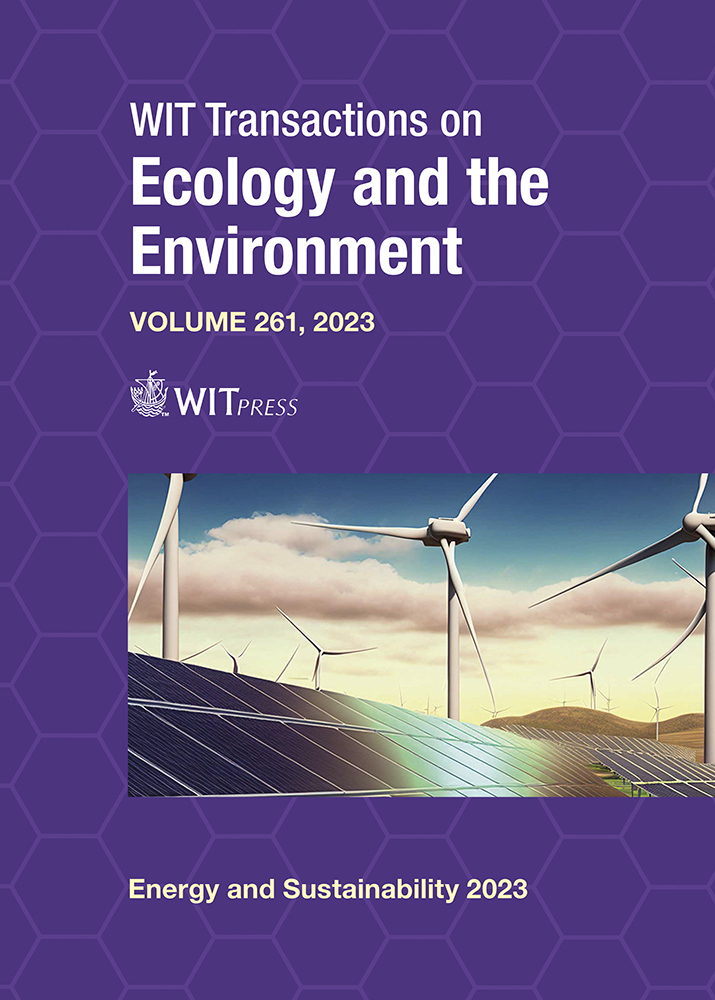IMPROVING CHAR AND OIL FOR COMMERCIAL APPLICATIONS FROM THE PYROLYSIS OF AUTOMOTIVE SHREDDER RESIDUE THROUGH THE USE OF DIFFERENT TYPES OF CATALYSTS
Price
Free (open access)
Transaction
Volume
261
Pages
11
Page Range
139 - 149
Published
2023
Paper DOI
10.2495/ESUS230121
Copyright
Author(s)
PETER BENTLEY, KARL WILLIAMS, ALA KHODIER
Abstract
Pyrolysis of automotive shredder residue (ASR) may be a solution for end-of-life vehicles (ELV) to meet legislative targets and to future proof against any reclassification as a hazardous waste. Prior to pyrolysis commercialization, firm markets for all byproducts produced are required. Identified commercial outlets for byproduct char include: (i) activated carbon; (ii) a soil conditioner and (iii) a partial replacement for cement in concrete. Commercialization of pyrolysis treatment for the UK alone would require outlets capable of taking around 100,000 tpa of char, compliant with quality protocols. The challenge for these applications is any retained persistent organic pollutants (POPS) within the matrix of char particles. A solution would be to break these compounds down during the pyrolysis process through the introduction of catalytic material. This paper explores the effectiveness of four catalysts in reducing the organic contamination within pyrolysis byproducts. A purpose-built lab-based pyrolysis unit (30 g of ASR) was used for initial investigations. ASR (pre-shredded to <10mm) was sourced from a UK ELV recycling company using a systematic sampling approach. A control without catalyst was pyrolysed at 500°C for 30 minutes. Each sample was mixed with the catalyst at a ratio of 1:10. The four catalysts used were: (i) 3Å molecular sieve zeolite; (ii) 4Å molecular sieve zeolite; (iii) MCM-41 mesostructured silica and (iv) AL-MCM-41 mesostructured aluminosilicate. Byproducts were collected and chemically analyzed using organic elemental (CHNS) analysis, FT-IR and GC-MS. Findings indicated that all catalysts offered some improvement in reducing the residual organic fractions in char. 4Å was the most effective, increasing the overall carbon percentage by 17.32%. GCMS and FTIR analysis of the oil indicated that catalysts were effective in deoxygenation without reducing the carbon percentage. In conclusion, catalysts may offer a commercial solution to support the uptake of char as a commercial product.
Keywords
ASR, pyrolysis products, catalysts, commercialisation, zeolites





